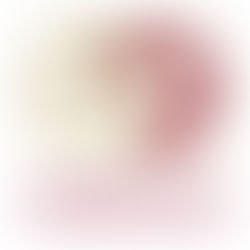Testing different black and red clays: Part 1
Parallel to working on my larger sculptural pieces I need to trial different clays with slips, glazes and different decorating techniques. I am doing my tests through a combination of test tiles and cones and little pinch pots. The tiles and cones are a way to get fast results. The pinch pots offer an additional bonus that I may be able to sell them along with my larger sculptural pieces.
Below are the result of testing four different black clays under three different firings: to E/W temp, S/W in oxidation and S/W in reduction. The group on the left shows the sides with underglazes and clear glazes. The group on the left shows their reverse sides which give a good idea of how their body colours vary without a glaze. This is important to me as I am intending to leave parts of my larger sculptures unglazed.

The low fired test were all glazed with clear lead glaze and the high fired all with the same clear stoneware glaze (I am not 100% sure whether the lowest set of S/W tiles weren't glazed with the uni's clear glaze as they look so different from the other test tiles).
The below photo shows my result when testing two red clays; a heavily grogged PF695 and the less gorged PR690 by Valentine Clays. There is not much difference between the test results between the clays except for the level of visible grog.
The top row shows the result of firing these clays to a low temperature of ca 1040°c. The clay remains very red.
The middle row shows a slight darkening of the clay body when left unglazed and fired to ca 1260°c in oxidation. However, under a clear glaze it goes a really quite dark brown and not a red. I did not expect such a contrast between glazed and unglazed areas.
The bottom tiles were fire to ca 1280°c in reduction. The clay looks rater burnt and goes a purplish colour. I did not expect the clear glaze to go so matte and leave nearly a vulcanised surface. The colours of the underglazes have completely burnt out and leave black traces.

If I want to retain a red body under glaze I either have lower the firing temperature and running the risk of making the figures less hard and durable or try a different clear glaze. According to Valentine Clays they suggest a firing range of between 1080°c - 1260°c and with increase of temperature to expect darkening to a reddish brown. 1280°c is thus stretching it a bit.

















